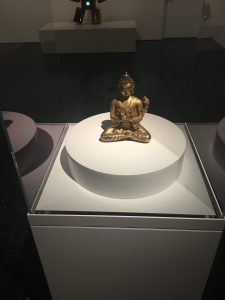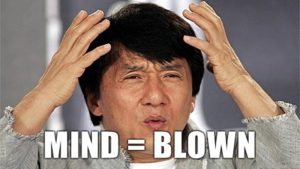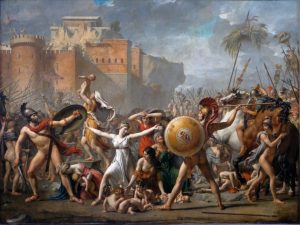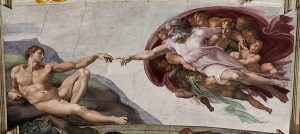


For the first part of the Assignment, I decided to enter the Ancient Korean Exhibit. I fell in love with these art pieces. This was my 3rd time into the museum. Everytime I go to the museum I check on this section because everything seems so expensive. From what I noticed about each art piece, one thing that all stood out about all of them were there sizes. They were all small and in my mind this means something of a decoration or tool. A figure such as the mini Buddha was considered to be both a religious piece. you can tell it was a religious piece by the position it was in. It was in a position of meditating and you can also make it out as religious because the hands are clasp together in a way that shows prayer. Like a divine being. it also looks decorative because it was made of gold, either owned by a wealthy family or an Emperor. The snail art piece looks to be a kettle. This kettle was a special kettle because of the designs it held that had drawings and other symbols. The museum didn’t provide any information on the kettle, but like the Egyptian makeup tool we discussed in class, this was probably just an everyday item that is considered a work of Art in today’s world. One thing I can say about it is that it seems to be representing someone because of the braided hair roped down it’s back. Finally my favorite piece of all, the Dragon holding what I think is a bucket. This Dragon was most likely a decorative piece because it doesn’t have any sign showing that it would mean anything more than just a Dragon holding a vase. It was most likely owned by someone wealthy because it’s made up of gold. In my opinion and best guess, I would say that the winding of the Dragon serves a purpose of showing immense strength by holding up the vase. Korean history is very rich. One important thing I must point out is the feeling I felt in this exhibit. These different pieces all brings out a tranquil mood because everything looks peaceful and clean. It just doesn’t show a history of battles. It shows a history of peace and tranquility.

This art piece was at the entrance of all the exhibits. I don’t know what exhibit it belongs to. But one thing to point out is the obvious symbolism of what innocence is. This picture uses a clear sky to symbolize freedom and uses the white clothing to symbolize innocence. One look at this image and it creates a warm and nice feeling to accommodate the innocence and beauty of the women in the picture. The 3 women all look away to make you feel and ask what are they looking at in the distance. The way the lighting is in the picture create the women to look like angelic figures.







